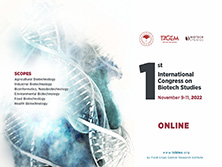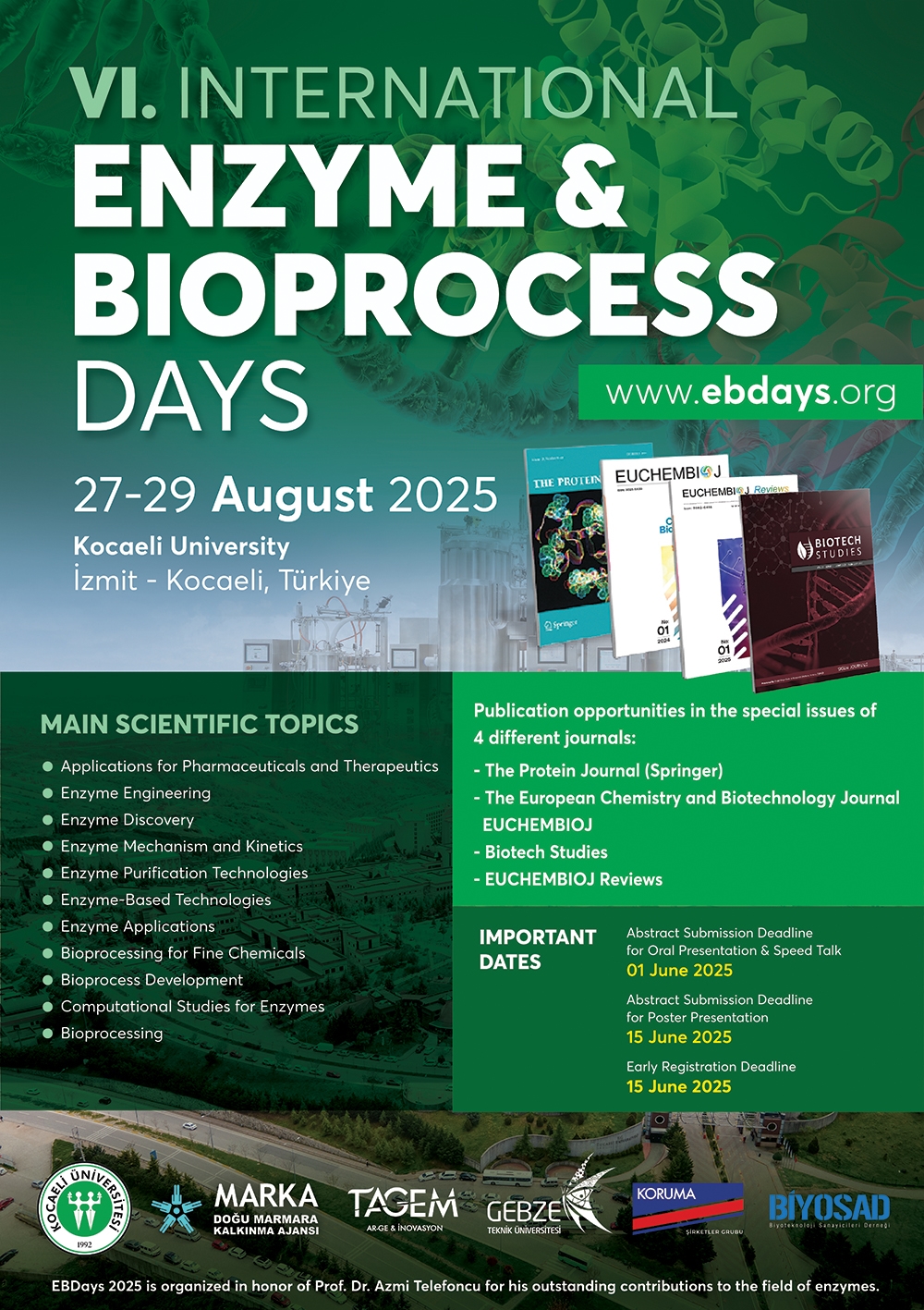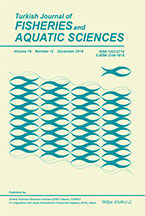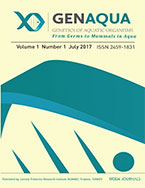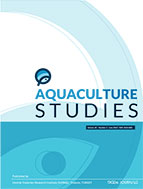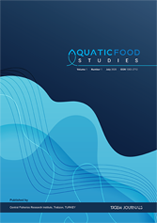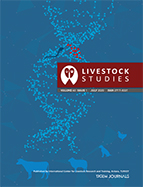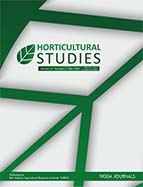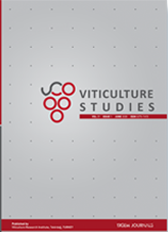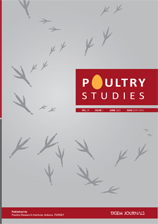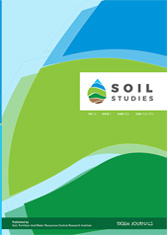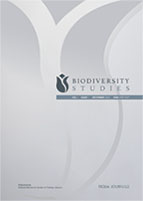Biotech Studies
2026, Vol 35, Num, 1 (Pages: 036-047)
Phytochemical profiling and antibacterial efficacy of Artocarpus heterophyllus seed-derived topical gel: A promising alternative towards ecofriendly healing
2 Master of Science, Department of Microbiology, Hindusthan College of Arts and Science, Coimbatore, India, 641028
3 Assistant Professor, Department of Biotechnology, Mercy College, Palakkad, India, 678 006 DOI : 10.38042/biotechstudies.1788521 - The utilization of medicinal plants as an alternative therapy has become necessary due to the current rise in antibiotic resistance and the high cost of conventional medical care. Artocarpus heterophyllus, a medicinal plant with demonstrated antimicrobial properties, represents a promising phytotherapeutic alternative to combat antimicrobial resistance. The present study was designed to develop and systematically evaluate a topical herbal gel incorporating seed extracts of Artocarpus heterophyllus with an emphasis on assessing its antibacterial efficacy and physicochemical characteristics. Following the extraction of the Artocarpus heterophyllus seed using ethanolic and hexane solvents (80%, v/v) for five days, their phytochemical content and antioxidant capacity were determined. Six herbal gel formulations were developed using the plant extracts, each incorporating 2% of a single gelling agent; carboxymethylcellulose, hydroxypropyl methylcellulose, or hydroxypropyl cellulose. The physicochemical parameters of the formulations were evaluated and the antibacterial potential was subsequently investigated. The yields of Artocarpus heterophyllus seed ethanolic and hexane extracts were 2.45% and 1.12%, respectively. The phytochemical examination of the extracts revealed the presence of tannins, alkaloids, saponins, flavonoids, terpenoids, polyuridine, steroids, reducing sugars, glycosides and anthraquinones. The extracts also demonstrated the significant presence of the antioxidant phytoconstituents with phenolic contents of 10.74 and 7.43 mg GAE/g, and flavonoid levels of 13.7 and 9.87 mg CE/g, in the ethanolic and hexane fractions, respectively. The characteristics of the developed formulations, including spreadability, pH, viscosity, and extrudability, were determined to be well within the limits. The antibacterial efficacy of the formulations was confirmed by inhibition zones of 21 mm and 17 mm against Staphylococcus aureus and Bacillus cereus, and 16 mm and 14 mm against Escherichia coli and Pseudomonas aeruginosa, respectively, with formulation F2 exhibiting the highest activity. These findings validate the antimicrobial potential of topical gel formulations incorporated with Artocarpus heterophyllus seed extracts, highlighting their potential as a viable phytotherapeutic agent. Keywords : Artocarpus heterophyllus Antioxidant Topical gel Phytochemicals Seed



